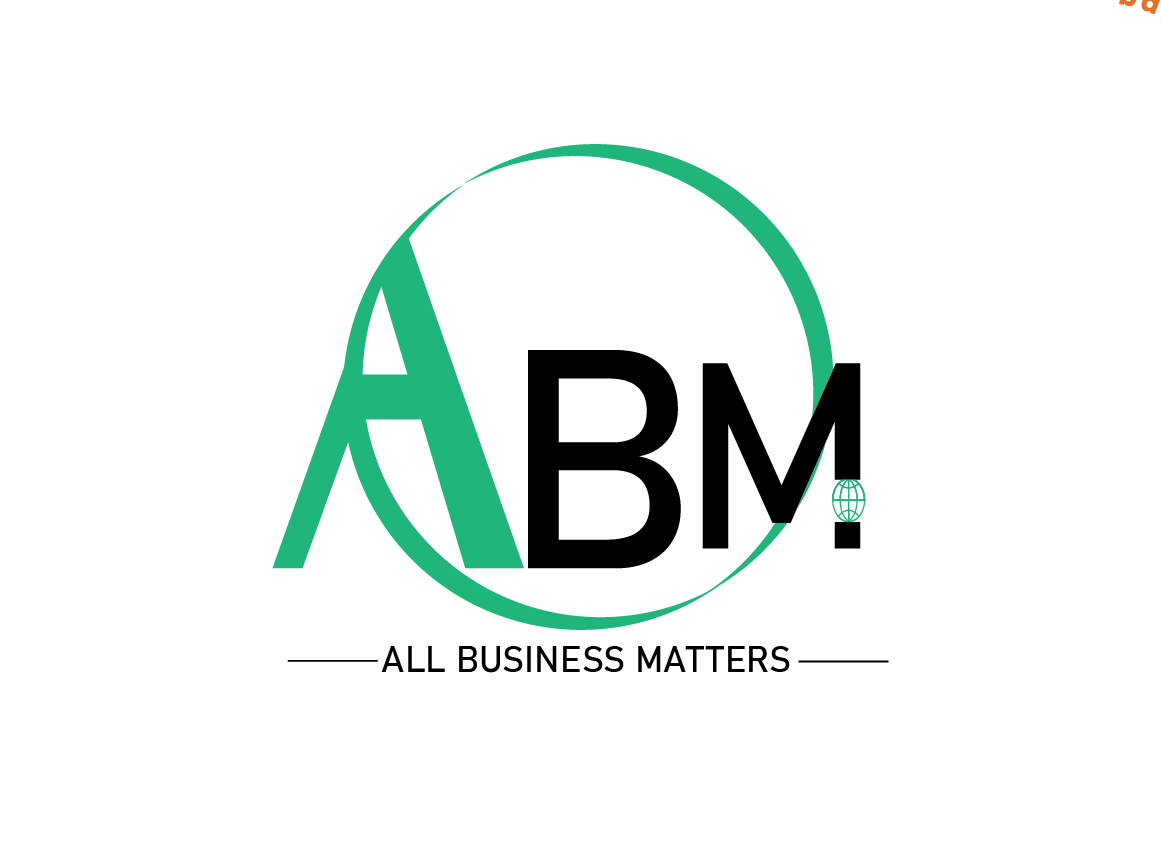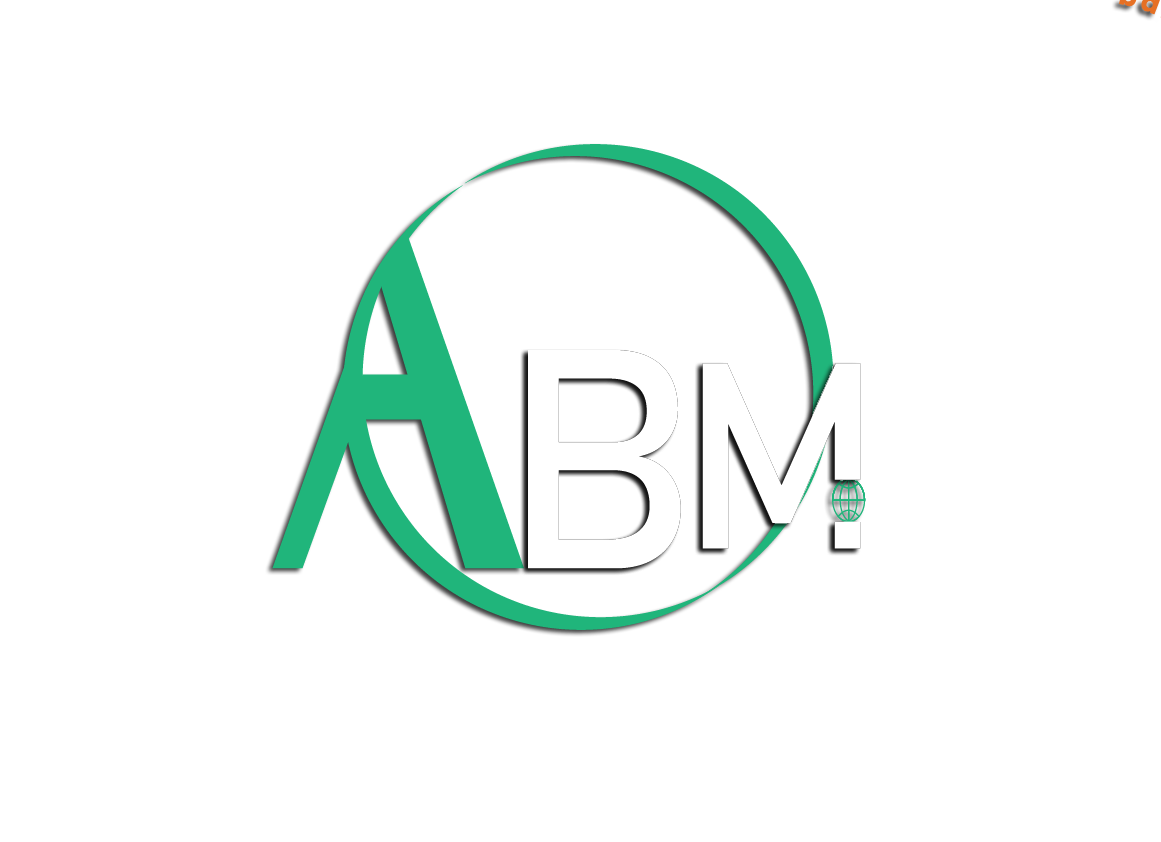Breast Cancer Awareness and the impact of Social Media on it

“Empower yourself: Early exposure is your best defense against breast cancer. Together, we can turn awareness into achievement!”
According to research 1/4th of a million women are diagnosed with breast cancer each year in the U.S. and nearly 40,000 die from it. Breast cancer is the second most common cancer found amongst American women.
An international health campaign has been held every year in the month of October for Breast Cancer Awareness since 2006. While this month is a reminder for all the women to keep themselves well aware about this cancer, on the other hand this month provides support to women suffering from this disease. The health campaign held this month promotes awareness of symptoms and warning signs.
Some common risk factors include; being female, obesity, alcohol consumption, advanced age, family history, previous breast cancer, previous exposure to radiation, hormonal therapy, some genetic mutations, reproductive health history (such as age at the beginning of menstruation, and at first pregnancy). Yet it can be treated if detected at an earlier stage by breast removal surgery, chemical sessions, hormonal therapy, and vital therapy.
Role of Awareness
- What is Breast Cancer
Some basic knowledge of breast health and breast cancer is important, no matter where you are in your journey. It is a disease that occurs when breast tissue multiples and grows out of control, forming a lump or tumor. Mostly it occurs due to breast tissue aging. Whereas less than 10 percent cases are from inherited breast cancer genes.
- Early Detection
Formal education on breast cancer can help in early detection. Few signs indicating breast cancer include:
- Change in breast appearance
- Bloody or abnormal nipple discharge
- A lump or thickening in the breast
- Pitting of the breast skin
- Breast pain
- Reduce your risk
The risk of causing breast cancer can be reduced by making better behavioral choices which include;
- Maintaining a healthy diet
- Staying physically active
- Abstaining the consumption of alcohol and tobacco
- Breastfeeding
- Avoiding excessive radiation exposure
- Regular breast screening
Role of Social Media
- Education and Information Dissemination
In the world of information, social media has a whole lot of participation. It allows information about breast cancer prevention, symptoms, and treatment options to be shared swiftly. To widen the audience, campaigns like Breast Cancer Awareness Month use hashtags (e.g., #BreastCancerAwareness) to spread vital information.
Community Building and Support
Social media connects individuals affected by breast cancer as well as sets up a community where patients, survivors, and caregivers can share experiences, advice, and emotional support. Platforms such as Facebook provide Groups as safe spaces for discussions and solidarity.
- Advocacy and Fundraising
Most of the organizations leverage social media to promote fundraising campaigns for research and support services. Platforms like GoFundMe and Facebook fundraisers have enabled individuals to raise significant amounts for medical bills or charity events, increasing visibility and engagement.
- Influencer Engagement
Breast Cancer Survivors and Health influencers share their personal stories, which can motivate others to get screened or seek help. Their reach helps normalize conversations around breast cancer and reduces stigma.
- Awareness Campaigns
The most popular and creative campaign, the “Pink Ribbon” initiative, goes viral on social media by their participation and making it easier for women to talk about it. This strategy leads to increased donations and support for research initiatives
- Misinformation Challenges
While social media is informative, on the other hand it can also mislead users. Trusting solely on social media is also not appreciated. Users may come across unverified claims about treatments or preventive measures, highlighting the need for critical evaluation of the information shared.
- Real-Time Updates and Events
Social media also permits real-time updates on awareness events, workshops, and webinars, creating ease for people to participate and stay informed about local initiatives.
Conclusion
A healthy woman leads to a healthy community. By educating ourselves, we can create a community that prioritizes awareness, reduces stigma, and fosters hope for those affected by breast cancer. Let’s continue to share knowledge, promote healthy habits, and support research efforts to make strides in the fight against this disease.


